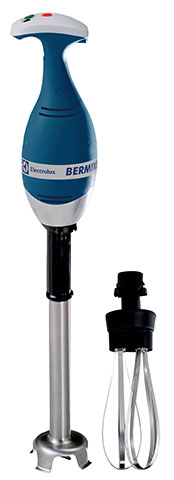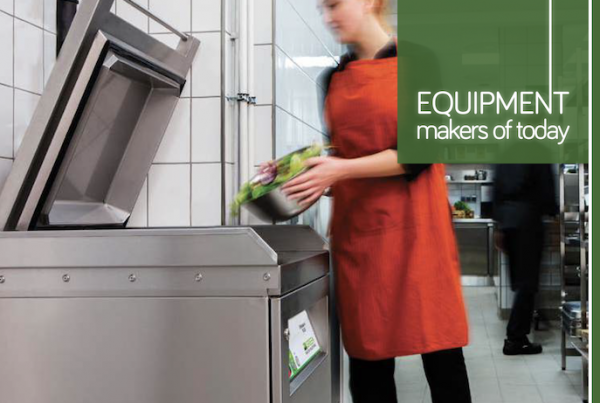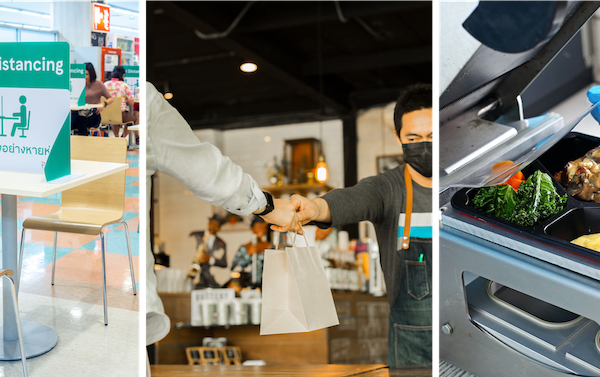 In kitchens that cook high volumes of soup that need blending, it would make perfect sense to bring the blender to the soup and not the soup to the blender as transferring the liquid into the blender jar obviously takes time and is dangerous if hot. Blenders are designed with different shafts to accomodate shallow or deep stock pots. It is safe to stick the blender all the way in as the blade guards ensure that surfaces of mixing bowls and pots won’t be scratched. Select a blender according to its shaft sizes and the size should be just a bit longer than the container that you want to blend in. In terms of power, you wouldn’t need one that is 12,000 RPM if you’re blending light items but if there are things that need to be chopped, a higher wattage is definitely more helpful. You might find that blenders with variable speeds offer flexibility as you can customise the equipment according to the texture of food required. For more focused options, there are 2-speed or selfregulating speed ones as well. Professional lines of blender typically come with various attachments such as a liquidiser for pureeing soups, potatoes, vegetables, preparation of sauces or creams while a beater is more suitable for light items like preparing meringue, mayonnaise, batters and such. When choosing one, make sure the handle feels comfortable and that storage is easy (usually able to be hung up) and little things such as a locking button to ensure continuous operations in blending huge volumes.
In kitchens that cook high volumes of soup that need blending, it would make perfect sense to bring the blender to the soup and not the soup to the blender as transferring the liquid into the blender jar obviously takes time and is dangerous if hot. Blenders are designed with different shafts to accomodate shallow or deep stock pots. It is safe to stick the blender all the way in as the blade guards ensure that surfaces of mixing bowls and pots won’t be scratched. Select a blender according to its shaft sizes and the size should be just a bit longer than the container that you want to blend in. In terms of power, you wouldn’t need one that is 12,000 RPM if you’re blending light items but if there are things that need to be chopped, a higher wattage is definitely more helpful. You might find that blenders with variable speeds offer flexibility as you can customise the equipment according to the texture of food required. For more focused options, there are 2-speed or selfregulating speed ones as well. Professional lines of blender typically come with various attachments such as a liquidiser for pureeing soups, potatoes, vegetables, preparation of sauces or creams while a beater is more suitable for light items like preparing meringue, mayonnaise, batters and such. When choosing one, make sure the handle feels comfortable and that storage is easy (usually able to be hung up) and little things such as a locking button to ensure continuous operations in blending huge volumes.











